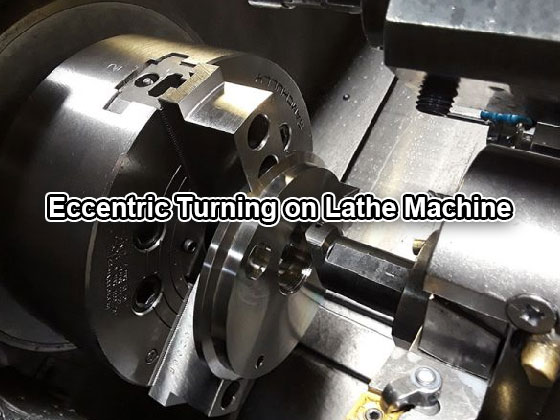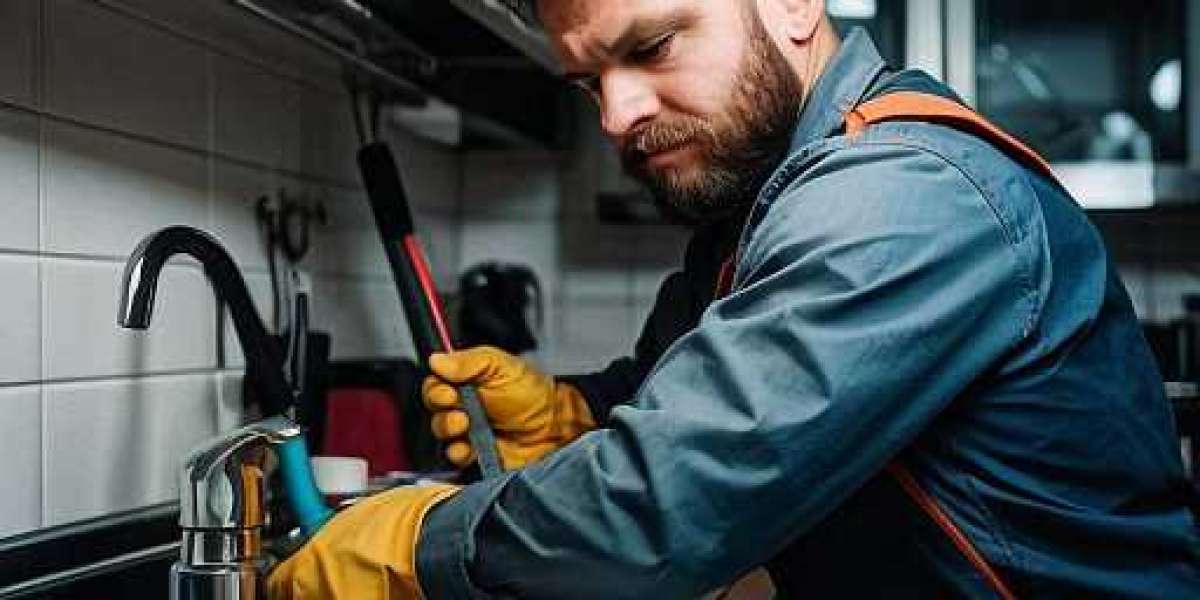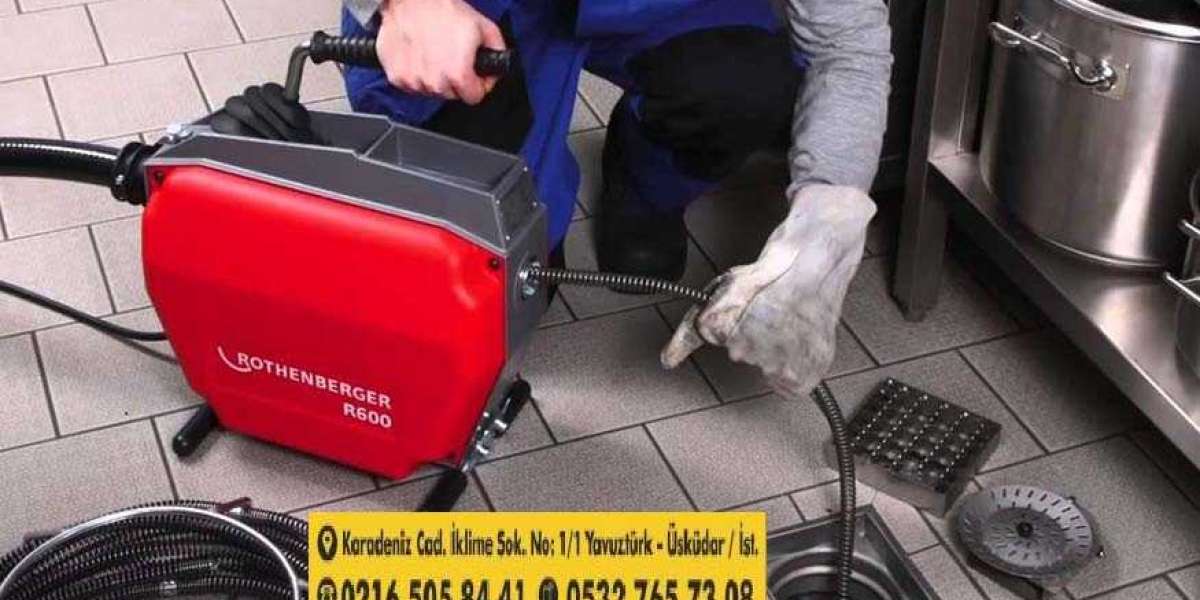After the machining process on the workpiece has been finished, the CNC system will eventually send the control signal to the servo drive device so that it can do its job. This goal will be accomplished through the application of digital processes, which will be the means by which it will be accomplished. It is the responsibility of the mechanical feed device to drive and rotate the servo motor, which ultimately leads to the production of relative motion between the workpiece and the cutter.
At the same time, the actual relative motion amount is going through the process of being converted into an electric signal by the location test feedback device
This process is taking place simultaneously
After that, a transmission of this signal is made to the device that controls the CNC
In order to process the workpiece in a manner that satisfies the requirements of the machining program design, the CNC device will perform a comparison between the instruction transposition amount and the actual transposition amount of the feedback
This will be done in order to ensure that the requirements are met
Because of this, the CNC device will be able to perform the processing on the workpiece in a way that is compliant with the specifications of the machining program design
Because of this, the tool will be able to perform the processing on the workpiece in a manner that is in accordance with the requirements that were specified in the design of the machining program.
In spite of this, it is not unheard of for the workpiece and the tool to be in a position during the actual processing in which they are not completely in accordance with the command value of the relative movement. This can happen in a number of different ways. There are many possible explanations for why this would occur. This ultimately leads to the dimensions and designs of the processed parts not matching, which in turn results in the occurrence of the phenomenon known as processing size deviation.
A list of some of the most significant factors that contribute to failures of this kind is provided below:
Even though the actual transposition value of the servo motor is the same as the instruction transposition value, the actual relative movement of the workpiece and the tool does not satisfy the requirements. This is the case despite the fact that the actual transposition value of the servo motor is the same as the instruction transposition value. This is the case in spite of the fact that the instruction transposition value and the actual transposition value of the servo motor are identical. This is due to the fact that the value of the instruction transposition and the value of the actual transposition of the servo motor are identical.

The fact that the value that is supposed to be used for transposition in the instruction does not correspond to the value that the servo motor is actually employing is evidence that the value that is supposed to be used for transposition in the instruction is incorrect.
It's possible that an interference signal came from the outside world, someone lost their pulse, or there was a mechanical failure. All of these things are possibilities.
In the event that there is a disparity in the size of the processing, there are options easily accessible to choose from.
1. a method for calculating the interpolation of values from a set of data
This control is possible throughout the entire process. Because of this, we are able to cut with greater precision. Throughout each and every stage of the procedure. Because of this, we are able to achieve the greatest possible degree of reduction, which is necessary in order for us to fulfill the requirements of the current circumstance. Because CNC manufacturing is impossible to predict certain factors that influence the processing size of the workpiece, this is something that needs to be done in order to ensure that the requirements of the situation are met. It is necessary to reduce the amount of impact that the workpiece has due to the presence of a number of factors that cannot be predicted in order to achieve high precision in the machining of the workpiece. This is necessary in order to achieve high precision. It is essential to complete this step first in order to ensure that the machining of the workpiece will result in a high degree of precision.
2. the money that was received as payment in exchange for the instrument
Tool compensation is widely regarded as the most significant type of compensation that is currently available. This is primarily due to the fact that its primary purpose is to eliminate variations in size. However, in order to carry out tool compensation, we first need to determine the type of trajectory intersection that occurred both before and after the tool was used. Only then can we move on to the next step of tool compensation. After that, and only then, will we be able to proceed to the next stage of tool compensation. Following that, and only after that, will we be able to move on to the subsequent stage of tool compensation. The following are the transfer forms for the straight line and the arc: the straight line and the straight line, the straight line and the arc phase, the arc and the straight line, and the connected straight line and the arc. The transfer form for both the straight line and the arc each have their own unique characteristics that set them apart from the others. The tool radius compensation that is a part of the program transition can be separated into three distinct modes: the elongation type, the shortening type, and the insertion type.
Each of these modes corresponds to a different set of circumstances. The circumstances that correspond to each of these modes are distinct from one another. The conditions that are associated with each of these modes are distinct from those that correspond to the others. The vector angle difference that exists between the two program trajectories and the direction in which the tool compensation is applied both play a role in determining which mode is utilized for each of these processes. This difference is what determines which mode is used for each of these processes.







